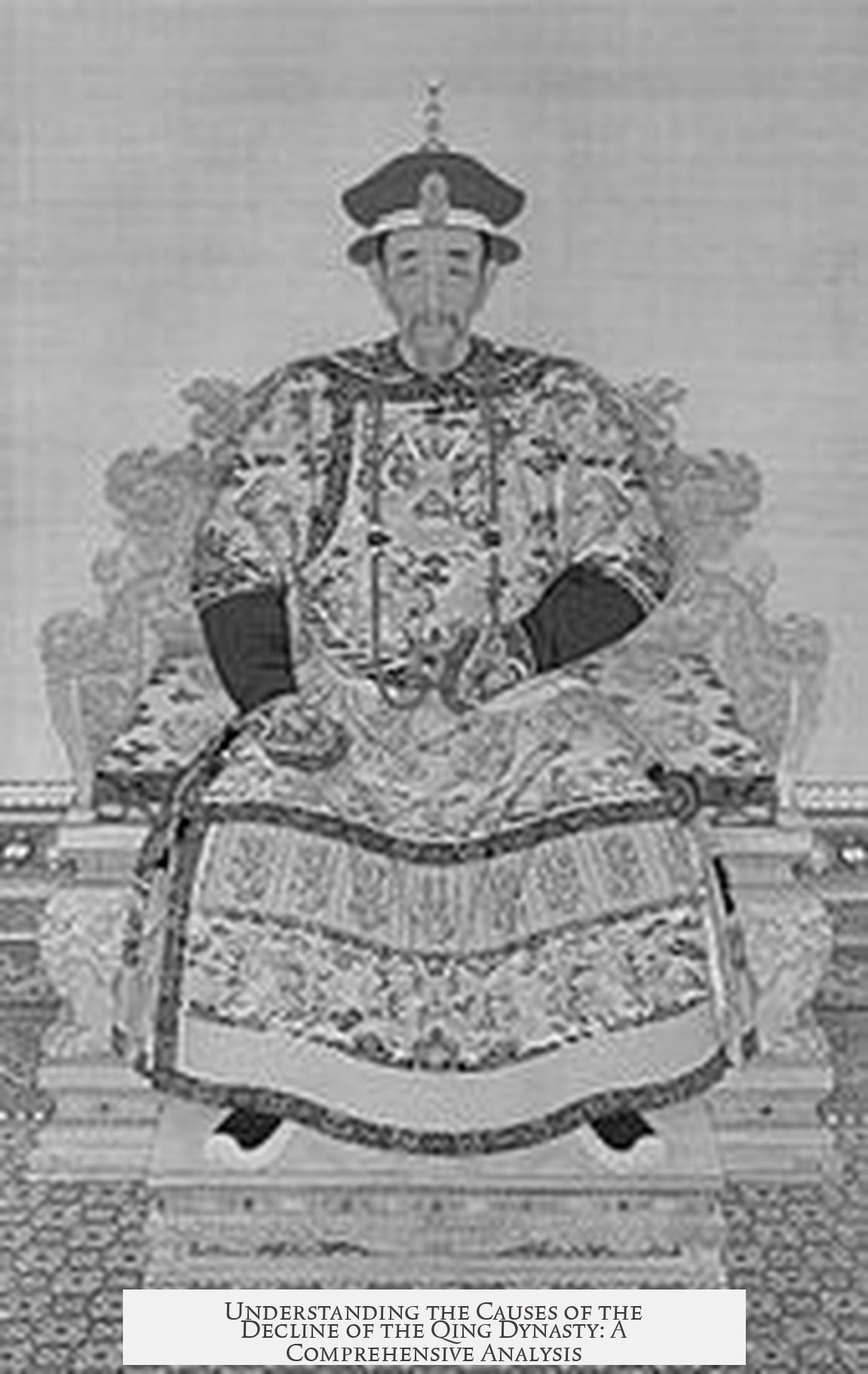The decline of the Qing dynasty stems from a complex interplay of political, economic, and social factors rather than a single cause. It cannot be attributed simply to cultural rigidity, ignorance, or racism, but emerges from a series of challenges that overwhelmed the dynasty over time.
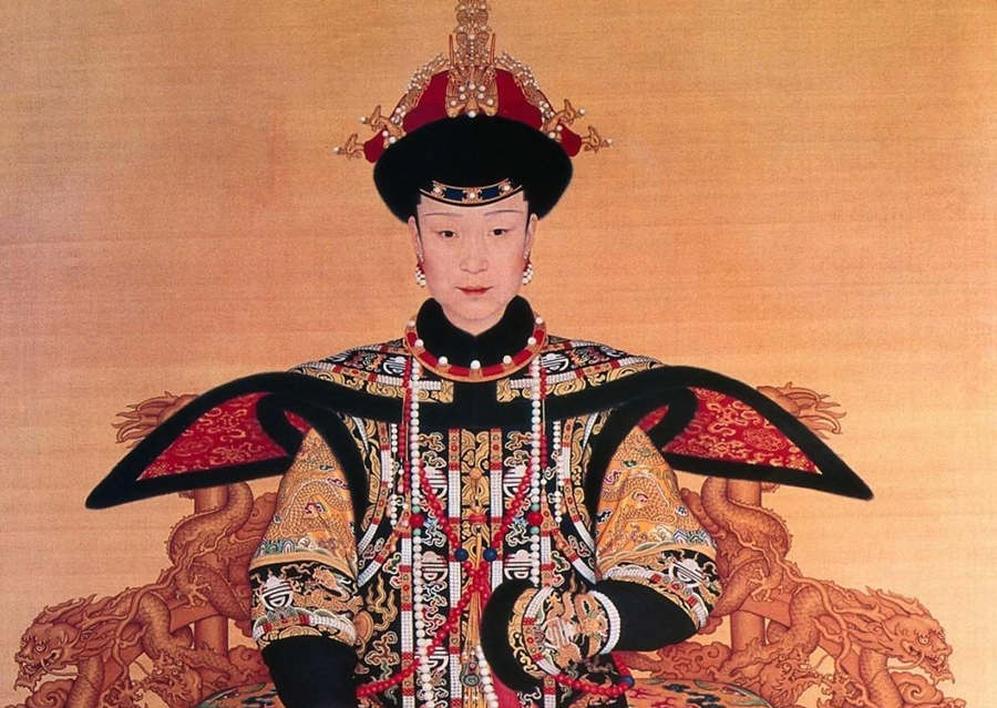
Historians agree that pinpointing the exact causes is difficult due to the many intertwined elements. Any straightforward explanation tends to unravel when probing deeper. Among the widely discussed causes, a key structural weakness was the Qing tendency to impose very low taxes. Although traditionally seen as benevolent governance, this reluctance to tax limited state revenue and capacity to respond effectively to crises. Low taxes undermined the dynasty’s ability to maintain a strong military and fund modernization programs.
However, explanations based purely on fiscal reluctance raise the question of why the Qing leadership pursued such policies. Some suggest it reflects the empire’s prioritization of stability and social order, avoiding burdens on peasants and merchants that might spark unrest. Yet, this cautiousness contributed to a growing fiscal gap that became unsustainable amid internal and external pressures.
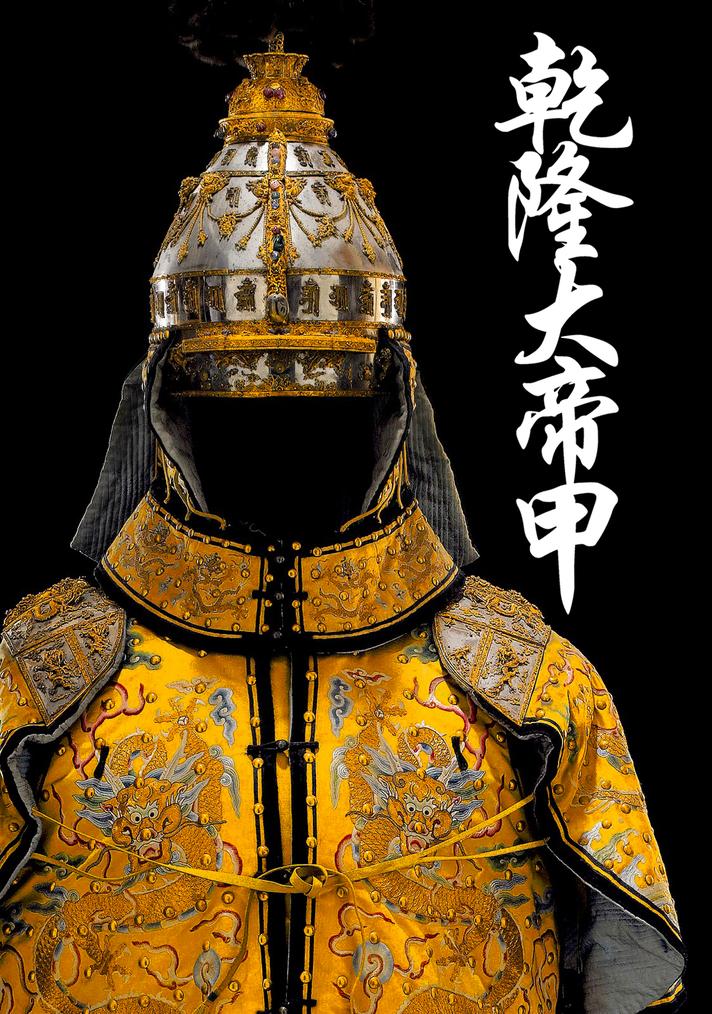
Rejecting racist and simplistic notions of Asian resistance to change is essential. The Qing dynasty was not inherently incapable of modernization. The example of Japan’s rapid transformation in the same period disproves ideas that cultural traits alone prevented reform. Additionally, it is inaccurate to claim the Qing dynasty failed to recognize the need for modernization.
After major upheavals like the Taiping Rebellion, Qing rulers invested heavily in technical and institutional modernization. Initiatives such as the Jiangnan Arsenal and the China Merchants Steam Navigation Company exemplify serious efforts toward industrial and military advancement. These projects were often led by influential scholar-officials educated in Confucian classics, indicating that reformers operated within traditional structures rather than seeking to overturn them.
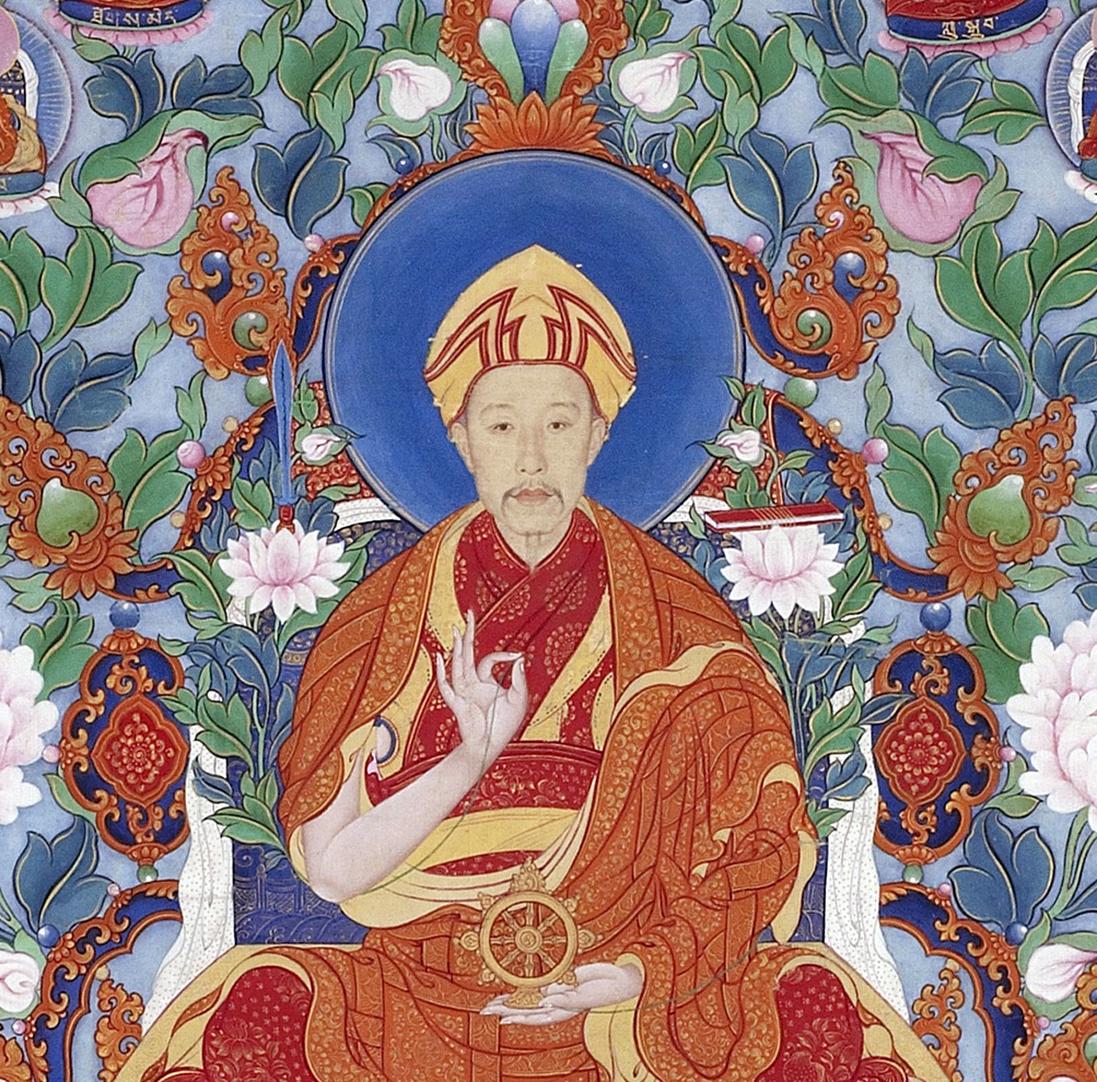
Moreover, the belief that Confucianism inherently obstructed progress lacks solid evidence. While some argue that Confucian values curtailed technological and economic development, modern research finds little support for this idea. Qing China maintained a highly commercialized and monetized economy, with rulers recognizing the importance of markets and trade.
Contrary to views portraying Qing governance as hostile to commerce, scholars show that the dynasty often adopted a “light touch” in market regulation. This policy reflected an understanding of markets’ roles, not a fixed ideological rejection. European economists like the Physiocrats admired China’s approach to free domestic trade, seeing it as beneficial to economic health.
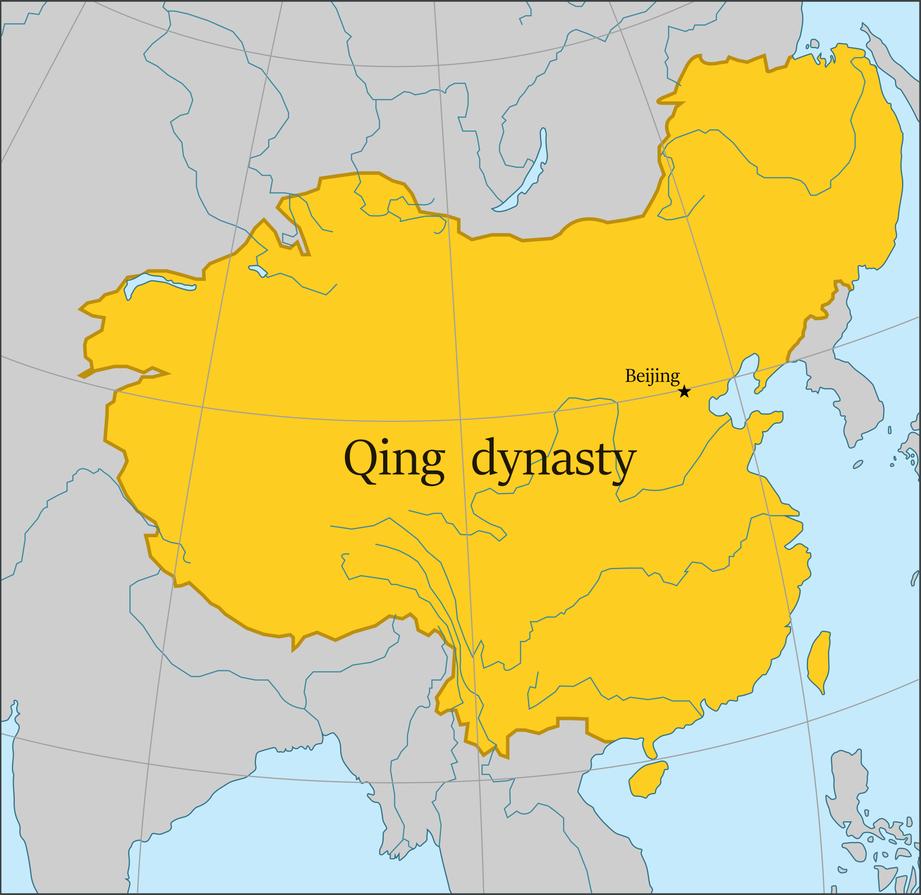
Internal unrest also played a critical role. Rebellions such as the Taiping Revolt revealed deep dissatisfaction and drained state resources. Coupled with foreign invasions and unequal treaties following the Opium Wars, the dynasty faced intense pressures that fiscal prudence alone could not offset.
| Cause | Explanation |
|---|---|
| Low Taxation | Limited government revenue affected military and modernization funding. |
| Modernization Efforts | Technical projects initiated but insufficient to overhaul systemic issues. |
| Rebellions | Internal revolts drained resources and undermined authority. |
| Foreign Pressure | Defeats in wars led to loss of sovereignty and economic disruption. |
| Economic Policies | Market-friendly but not aggressive, lacking transformative capitalism. |
To understand the Qing decline fully, one must consider these overlapping forces rather than seek a single cause. The dynasty’s strengths and weaknesses formed part of a changing global context, where military technology, economic competition, and social upheaval demanded rapid adaptation. The Qing attempted reforms but often lacked the scale or vision to meet these challenges comprehensively.
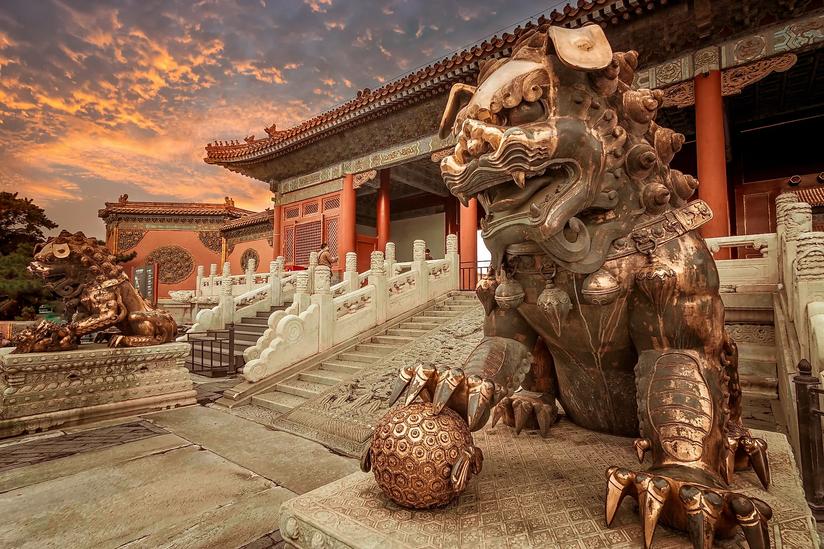
- The Qing dynasty’s decline resulted from complex and interrelated political, economic, and social causes.
- Low taxation policies constrained state capacity to respond to crises and modernize effectively.
- Efforts at modernization existed but were limited and insufficient against internal and external pressures.
- Confucianism and cultural factors did not inherently block progress or market development.
- Foreign invasions and internal rebellions significantly weakened Qing rule.
What Caused the Decline of the Qing Dynasty? Unraveling a Complex Tale
The decline of the Qing dynasty is a question tangled in history and complexity, with no single answer neatly wrapped and boxed. Instead, it invites a journey through economic, political, and social twists that together tell the story of a once-mighty empire’s fall. If you thought it would be as simple as blaming one mistake or one war, think again. The real reasons are layered and interwoven in fascinating ways.
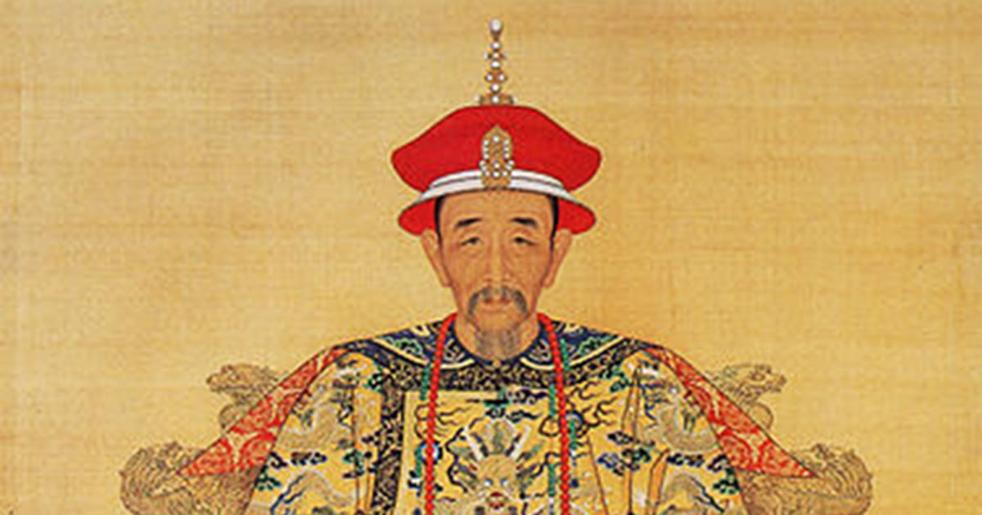
Let’s dive right in and peel back some of the well-known myths and uncover the real culprits behind the Qing dynasty’s fall.
Why Isn’t There One Clear Cause?
Historians call this the “million-dollar question.” Everyone wants a neat explanation, but the reality plays out more like a tangled soap opera than a straightforward history lesson. If you ask “why” enough times, the answers start to unravel. That’s because multiple factors acted together, often amplifying each other’s effects.
The Qing’s Love Affair with Low Taxes
One of the standout facts here is the Qing Dynasty’s remarkable tendency to keep taxes very low. Why? Often, this was a counterproductive policy because it starved the government of revenue it desperately needed to govern effectively and modernize.
Think of it like a household refusing to raise its budget despite rising bills—the lights dim, repairs wait, and stress rises.
So why did the Qing rulers keep taxes so low? Historians suggest several reasons, but like pealing any onion, each explanation leads to another question. Was it to maintain popular support? To avoid rebellion? The true answer is likely some mix of both plus others lost to history’s fog.
Debunking Racist and Oversimplified Narratives
It’s essential to toss out a couple of tired, wrong ideas first. Some argue, ridiculously, that Asians are “fundamentally unsuited to change,” which is pure nonsense. If you look to Japan—a neighboring culture with some shared values—they modernized impressively fast in the late 19th century.
That eclipse should slam the door on any racist “explanations.” So, if it’s not “cultural deficiency,” what else? Let’s keep going.
Did the Qing Fail Because They Didn’t See the Need to Modernize?
Another common but incorrect belief is that the Qing dynasty never recognized the need to modernize. The Taiping Rebellion shocked the empire—and afterward, the Qing pumped serious energy into adopting Western technology and military reforms.
Institutions like the Jiangnan Arsenal and the China Merchants Steam Navigation Company weren’t just fancy names; they represented real attempts to catch up.
The Self-Strengthening Movement, for example, reflected a genuine desire to blend traditional Confucian values with modern industry and defense. These reforms were led by scholar-officials deeply rooted in Confucian education. They weren’t radical revolutionaries but reformers inside the establishment.
So, it’s clear the Qing did try to modernize, but their efforts weren’t enough or too little, too late.
Confucianism: Help or Hindrance?
People often blame Confucianism for blocking progress. The idea holds that its focus on hierarchy and tradition stifled technological and economic change. But that argument doesn’t hold up well under scrutiny.
In fact, Qing China had a vibrant commercial economy, contrary to the stereotype of a purely agrarian society suspicious of trade.
Markets, Commerce, and Qing Policies
The Qing ruling class knew the power of markets and largely practiced a “light touch” approach to commerce. They understood that markets could sometimes do things better than the state itself.
French economists known as Physiocrats admired Qing China as a model of domestic free trade as early as the mid-1700s! This recognition flies in the face of claims that Qing rulers opposed commerce out of ideological bias.
What Ultimately Went Wrong?
There’s no single smoking gun for the dynasty’s collapse. It’s a mix of factors, including:
- Insufficient tax revenue to fund necessary military and infrastructure reforms.
- Repeated internal rebellions, like the devastating Taiping Rebellion, which drained resources and destabilized the empire.
- Pressure from foreign powers exploiting Qing weaknesses, seen in the Opium Wars and the humiliating treaties that followed.
- Modernization efforts that, while real, failed to keep pace with the rapid changes in technology and global power dynamics.
The story of the Qing decline is one of trying to hold onto centuries-old traditions in a world that demanded change, without giving up everything that defined the empire.
Wrapping It Up: The Takeaway
So, is the decline of the Qing dynasty a cautionary tale about resisting change? Partially. But it’s also about the challenges any large empire faces trying to reform from within. Staying stuck in low-tax policies starved the state, while modernization came late and only partially.
If you wonder why the dynasty kept rolling the dice on a fragile system, remember: history isn’t just about faults or failures. It’s about context, complexity, and the clash between old and new ideas.
The Qing dynasty’s demise teaches us that great empires don’t necessarily fall from grand mistakes alone. Sometimes, it’s a slow drift of policy choices, external pressures, and social challenges that topple even mighty powers. Got thoughts? What do you think sealed the Qing’s fate? Share below!
What role did Qing tax policies play in the dynasty’s decline?
The Qing dynasty kept taxes very low, sometimes too low to support effective governance. This limited state revenues, weakening its ability to manage crises or fund reforms. The reason for low taxation remains debated among historians.
Did the Qing government fail because it refused to modernize?
No. After major conflicts like the Taiping Rebellion, the Qing invested heavily in modernization efforts such as arsenals and steam navigation. These were supported by educated officials within the traditional system, showing the dynasty recognized the need for change.
Was Confucianism responsible for blocking progress in the Qing dynasty?
Confucianism was often blamed for hindering innovation, but this view is inaccurate. The ideology did not prevent technological or commercial development as often claimed.
Did the Qing dynasty resist commerce and markets due to traditional beliefs?
Contrary to popular belief, Qing China had a vibrant commercial economy. The ruling class understood markets’ importance and practiced light regulation, supporting exchange rather than suppressing it.

